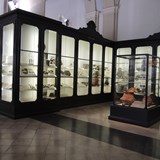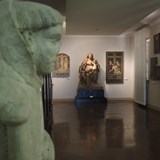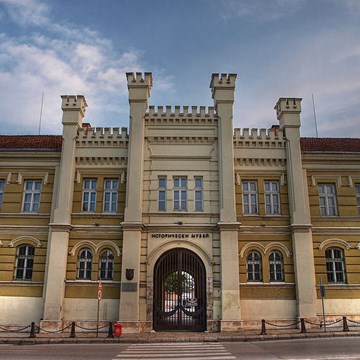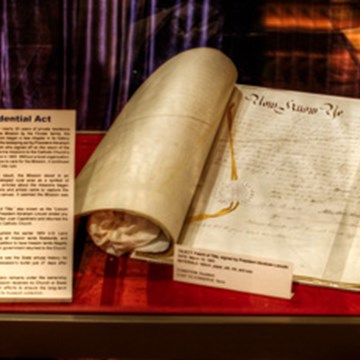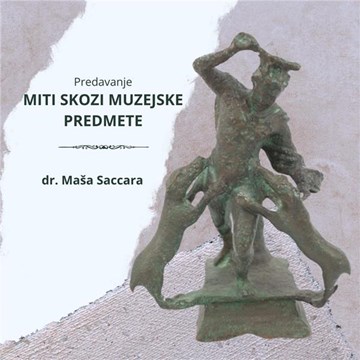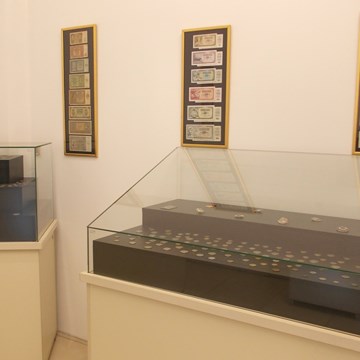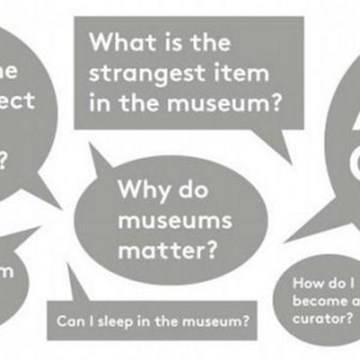Musei Civici di Modena
The Civic Museum, now divided into the Civic Museum of Archaeology and Ethnology and the Civic Museum of Art, was created in 1871 as a single museum and has been located in the Palazzo dei Musei (Museums Building) since 1886.
Its founder and first director, Carlo Boni, created a museum that was characterized by an apparent heterogeneity, actually the result of a systematic plan designed to “house and preserve anything that might be of interest to the entire population”. The successive directors, Arsenio Crespellani and Luigi Alberto Gandini, would continue his work, significantly expanding the cultural heritage.
The Museum’s origins are highlighted in the current display arrangement (set up in 1991), which largely maintains the nineteenth century furnishings, recreating a museum style that is today very unique in the Italian and European context.
The creation of the city museum was supported and promoted by a learned middle class who, in an effort to prevent the dispersion of the local archaeological, historical, and artistic heritage in the years immediately following the unification of the country, entrusted the museum, through bequests and donations, with its legacy and the legacy of its time.
In the wake of the debate on evolutionism, the museum received Bronze Age artefacts from the Terramare that offered brand new scenarios of prehistory and the oldest human settlements in the Modena area.
With a view to providing information that would further understanding of past societies, the archaeological collections were presented alongside ethnographic material gathered from travels and experiences in distant lands.
Through connections with important international expositions and the nascent European museums of decorative art, in the following decades the museum developed its own didactic mission, creating collections that featured techniques, forms and models of the most varied types and materials.
Over the course of time, from the 1800s until today, the Museum’s heritage has been enriched with new archaeological findings, ethnological collections and works of art, thanks to excavations, donations, acquisitions and purchases. The paintings and the silverware of the Sernicoli collection, donated to the Civic Museum of Art, as well as the material collected from excavations of the Roman necropolises, are the most recent examples of this uninterrupted growth.
The museum is deeply committed to continuing the work of its founders, with the awareness that civic identity is reinforced by examining the past and preserving its memory, but also by maintaining an innovative approach to scientific research and public relations.
Exhibitions and events
We don't have anything to show you here.
Educational programs
We don't have anything to show you here.




